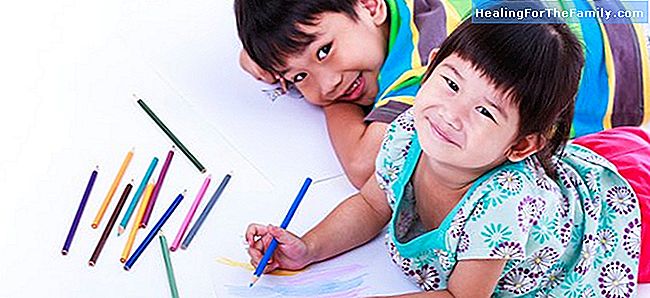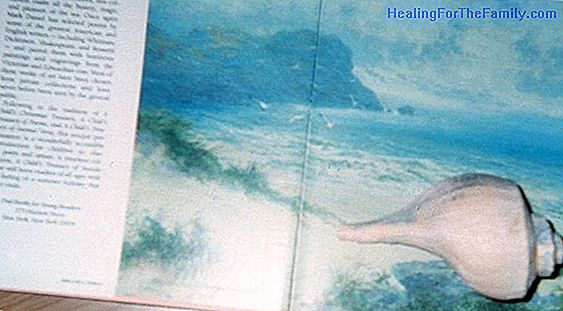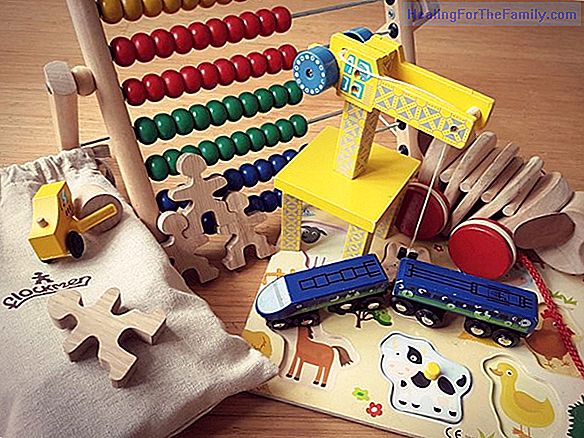Children's drawing and its different stages
Drawing, in addition to a playful way of entertaining children, is a means by which the little ones express their fantasies, their experiences or their desires. It is the language they sometimes use to express their feelings or to tell about their experiences. For them, drawing is just another game,
Drawing, in addition to a playful way of entertaining children, is a means by which the little ones express their fantasies, their experiences or their desires. It is the language they sometimes use to express their feelings or to tell about their experiences. For them, drawing is just another game, but without realizing it, it gives them control if they suffer from some type of anxiety due to a conflicted situation. To adults, the drawings that our children make tell us their level of evolution and maturation. How should we interpret children's drawings? After two years and try to communicate something with them, we can find messages or feelings of the child. However, it is important that we ask them what they have drawn so that they express these emotions verbally.The drawing of the children according to their age
The children begin to scribble on a paper for as they grow to make more elaborate and complete compositions. There are children with more hand than others to draw, but all their paintings tell us something about themselves and how they see the world around them.
-

From 0 to 2
years children are more engaged in playing with materials than in drawing: they wrinkle the paper, they hit the paint, they nibble the pencils. Soon they learn to make strokes and lines that are the beginning of a drawing. However, they are still scribbles. - From 2 to 3 years old
they try to fill the paper with drawings, sometimes they even feel the need to paint on the table, wall, chair ... Their stroke is not yet firm, they give turns and turns in pencil and are accompanied by the body for it. What they paint is still not recognizable. - From 3 to 4 years
: at this stage the children already have the intention to draw something and the first figurative forms appear. They still have to mature in fine motor skills and are not prepared to paint what they want but tend to try and try with colors. -From 4 to 5 years old
they begin to make drawings with more details and to express through them what happens to them, their mood or situations of their daily life. - From 5 to 7 years old
although they know reality, they prefer to give their drawings touches of fantasy and unreality. It is important that parents at home favor a climate that stimulates the drawing and we provide them with the necessary materials so that they can do so. In addition, we must remember that to draw, it is not necessary to have a special talent, or make large compositions, simply to let them communicate through the painting, whatever the level of their drawings. And, painting stimulates the child's ability to understand, adapt and express the world in which he lives.












